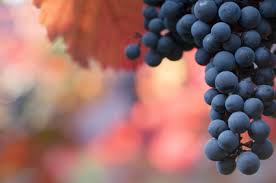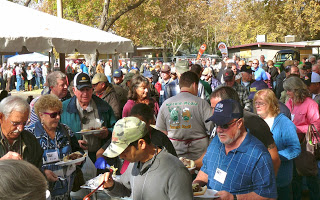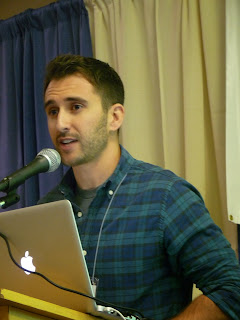Fresno State Helps Hungry Students
Fresno State Program Helps Hungry Students
By Brian German, Associate Editor
California State University, Fresno (Fresno State) recently began a multi-initiative program to support students who are struggling with food insecurity. Jessica Medina, coordinator of the “Food Security Project” at Fresno State, said, “The project has five initiatives: an on-campus food pantry, education and resources, an app titled, “Catered Cupboard,” that shows students where on campus they can receive free food, complimentary meals at the university dining hall and the Good Samaritan Fund,” she explained.
Medina said the on-campus food and hygiene pantry, named, “Student Cupboard,” provides students with access to free food and hygiene on a daily basis. We also provide them with education—how to cook those things, how to budget, how to make sure they can afford different things as a student, and connections to resources such as CalFresh, the WIC program and other agencies in the community they can benefit from. We offer emergency funding if they ever need things, as well as lots of other initiatives that access fresh nutritious food,” she noted.
Medina said Fresno State is also a member of the College and University Food Bank Alliance (CUFBA), a professional organization of campus-based programs focused on alleviating food insecurity, hunger, and poverty among college and university students in the United States. As of TODAY, there are 257 active member institutions of CUFBA.
Medina said such CUFBA members are growing in numbers. “We are starting to pop up on other campuses,” she stated, “and we are excited the chancellor of the CSU system, Chancellor White is going to be supporting a conference to have these conversations and create a model for other institutions for the future.”
Medina said students who go hungry are less likely to do well in their studies, “There are a lot of studies on what students are like in the elementary classrooms, but [food insecurity] continues on to college and beyond as well. When you don’t know where your next meal is coming from, when you don’t have that food access available to you, it is hard to concentrate. It is hard to focus. It is hard to be successful as a student. And that is what this program is—a ‘student success’ program for our students.”
Hired as a fulltime employee by Fresno State to coordinate this, Medina commented, “I think we are one of the first campuses to create a full-time position to coordinate this effort. I graduated from Fresno State with both my undergraduate and master’s, and I am very fortunate to continue on here and be a part of this.”
________________________
Links
California State University, Fresno
College and University Food Bank Alliance (CUFBA)
















